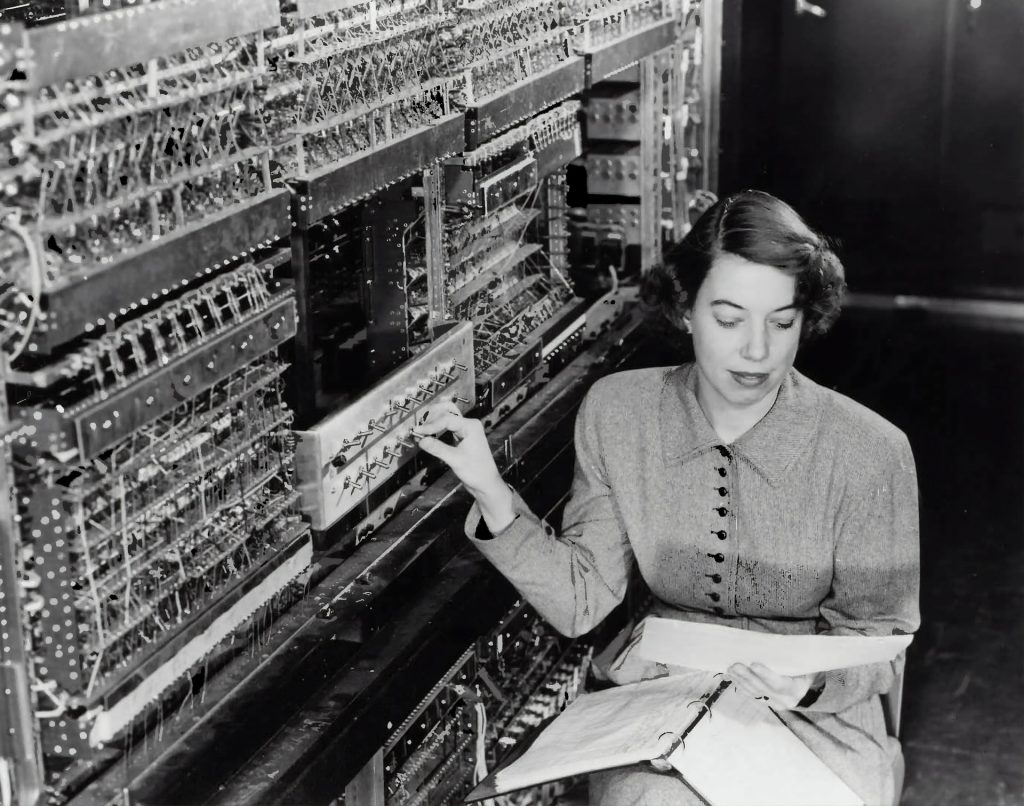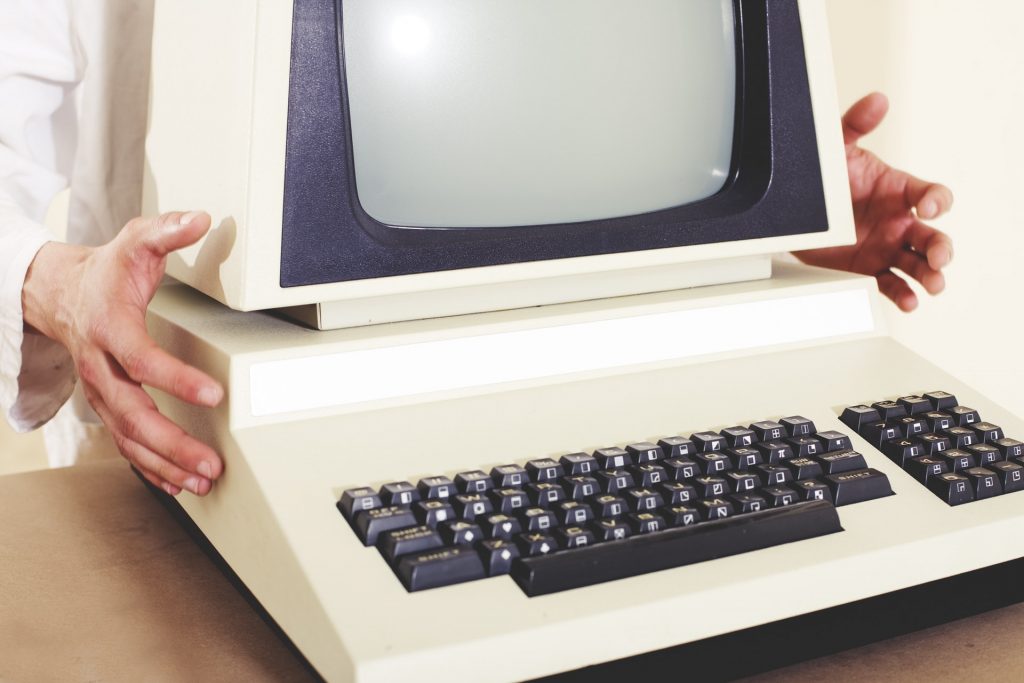We of vBoxxCloud make use of SaaS software. You have probably already seen the term mentioned on our website. While some might not be familiar with SaaS, the term has a long history. We will give you a short introduction to SaaS. Thus, you exactly know what you are using.
What is SaaS?
Saas, also known as Software as a Service, simply describes the possibility to subscribe to online software. The customer can conclude a contract with the provider to use the software. The customer doesn’t need to purchase the software itself in order to use it. This means that the provider has the responsibility to maintain and manage the software.
The History of the Computer
The term SaaS was probably unknown to you until recently. But did you know that SaaS actually originates from the 1960s? Before we go into depth, let’s take a quick look at where it all started: the computer. Because without the computer there was neither SaaS nor vBoxxCloud.
The first official computer is the abacus. You probably know them from your youth. They are wooden counting frames with movable beads, through which we all learned the first basic steps of calculus. Did you know that the abacus is already 40.000 years old? It is assumed that it has been invented by the Chinese.
Throughout the centuries, inventors have made significant steps to replace this manual tool with mechanical steered devices. For example, think about the Pascaline (1642-1644), which was a calculating machine driven by wheels. The analytical engine of Charles Babbage, which was based upon a steam generated system. And of course, we should not forget to mention the creation of the well-known Enigma machine, which played a key role in the defeat of Nazi Germany.

The Rise of SaaS
From 1946 the computer industry underwent a complete transformation. The invention of electronic pathways, which are also called circuits, introduced the emergence of the first generation of computers. This was followed by the second generation in 1959. Despite the great innovative developments, computers remained inefficient. They were, for example, really large and heavy. Furthermore, they could be only used by one user at a time.
The first SaaS software was on the rise with the design of a ‘time-sharing system’. The system was a predecessor of the current internet and allowed enterprises to use computers for multitasking. Multiple users could have access to the system at the same time.
The technological innovation continued, and between the 1960s and 1990s, the size of the computers was shrinking per year. The computer didn’t have to occupy an entire room anymore. Computers could now be placed on a desk and became more affordable. That’s why many employers started to purchase computers for their own employees.

There was no need anymore to use one computer by multiple users. That’s why the time-sharing system lost its popularity. However, the SaaS industry did not disappear. It simply adapted to the market changes by introducing a local time-sharing system. This was better known as Local Area Network (LAN). But this system soon turned to be out too expensive.
The SaaS industry simply delivered the software to the the enterprises. Therefore, they received the complete responsibility to manage the LAN. However, the enterprises often lacked expertise. That’s why they often had to hire IT specialists, which were often poorly equipped.
SaaS remained valuable
Nevertheless, SaaS did not lose its importance. Enterprises increasingly experienced great difficulty with bloatware. Many default programs occupied too much space on the hard drive. Even programs like Paint were perceived as bloatware. That’s why with the rise of the internet, SaaS discovered the opportunity to store data off-site. This resulted in the emergence of an Application Service Provider (ASP). Later on, this has been replaced with a modernized SaaS system.
These days we cannot imagine a life without SaaS. The industry is continuously developing, to help us work more efficiently on the computer. While the current techniques are very modern, they might be outdated within the next five years. That’s why it’s important for all enterprises to stay updated.